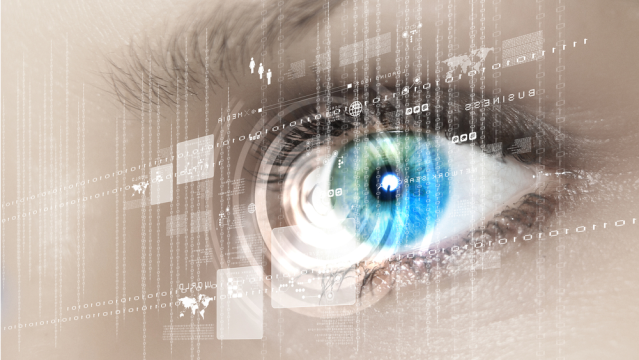Back at CES, Texas Instruments announced a new chip architecture for portable projectors. Now it’s rolling out its first chip with that tech built-in. What’s that mean for you? Better pictures to beam into your eyes.
The new hotness is the DLP (Data Light Processing) 0.2-inch TRP (Tilt and Roll Pixel) chipset, but it’s not the acronyms that are important. What matters is that this new chip can beam pixels that are 1/20th of the width of a human hair at 100 per cent of the brightness of current chips, while drawing only 50 per cent of the power. And it’s small enough to fit in phones, tablets, and even wearables.
Theorectically you could use this to build (better) Pico projectors into tablets or smartphones, but the real potential is for beaming things into your eyes.
Google Glass Explorer Editions sport a Texas Instruments brain — a dual-core OMAP 4430 CPU that TI put out for smartphones back in 2011. And Vuzix, makers of a Google Glass knockoff, are already singing the chip’s praises; maybe it can help improve its severely disappointing screen.
Naturally, it’ll be while until we see the fruits of this tech showing up anywhere; eye-projection HUDs are rare enough as it is. But even if they don’t get more popular any time soon, at least they’ll get a whole lot better.
